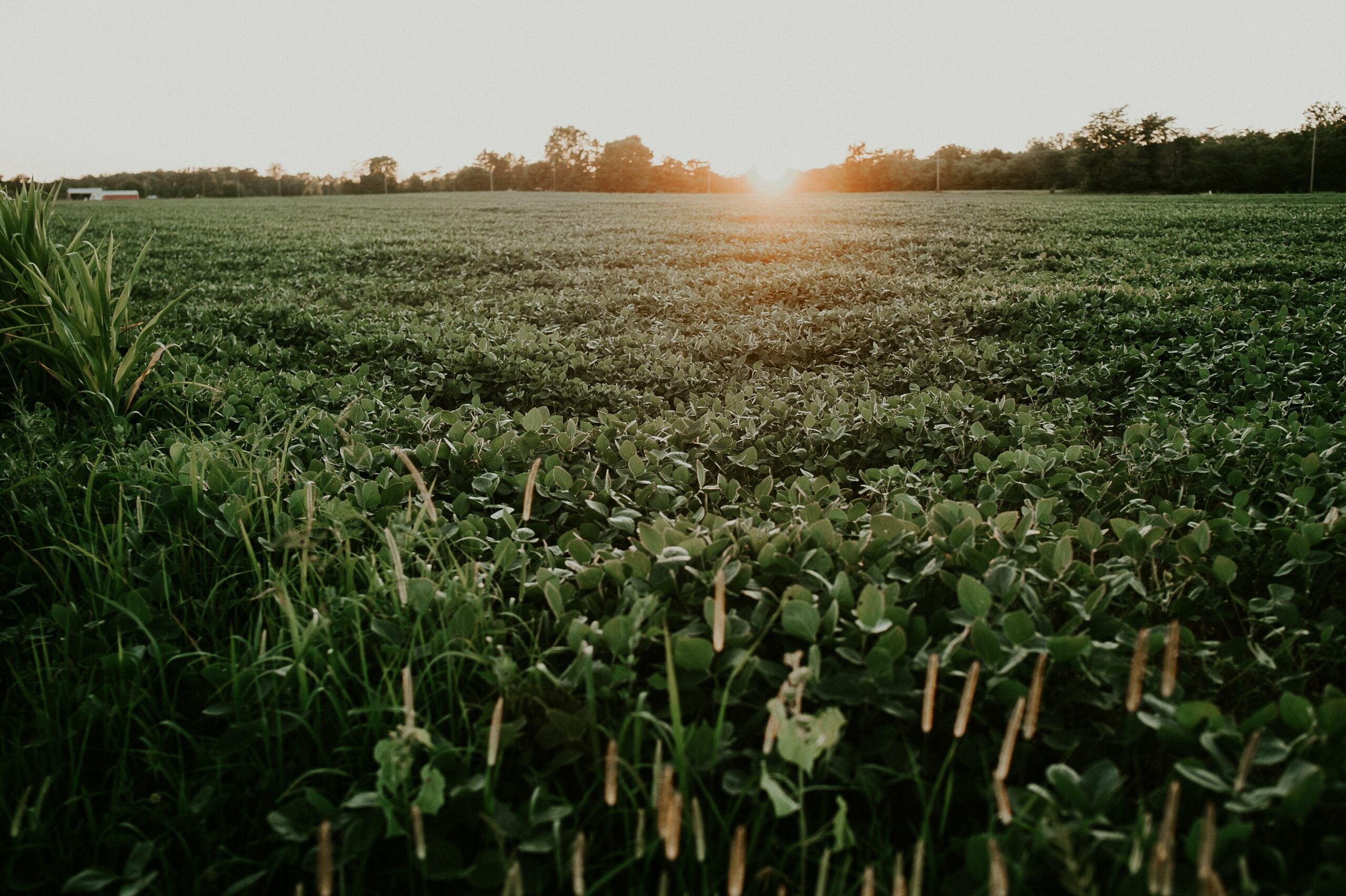
Benefits of replacing soy with BSF larvae as a protein source in animal feed, post 5 of 5
In this post series we talk about the benefits of replacing soy with black soldier fly larvae (BSFL) as a protein source in animal feed. In this fifth and final post of the series we talk about easiness – rearing and breeding BSFL in climatized containers is straight-forwarded and can be done in pretty much all weather conditions.
Easiness to breed and grow black soldier fly:
Black soldier fly larvae are easy to rear and have a high yield, require minimal land area and the operations are at best movable to locations where most needed. In regions where the weather conditions are suitable, BSF can be grown in outdoors rearing cages or old chicken shacks all year round. The outdoors rearing can be done in tropical, subtropical and in some other parts of the world in warm weather conditions in general.
One issue with outdoors rearing is the changing weather conditions that are not optimal for biowaste consumption and/or the larvae growth, meaning, that the results vary significantly. Another issue is the possible pest problem, other insect species in the cage, microbial issues with food contamination, and the biowaste attracting unwanted other animals entering or attacking the setup. That said, outdoors is still an option for small size operation and for own use of larvae for e.g. chicken or pig feed.
When the weather conditions are not suitable for outdoors rearing, or if the rearing process needs to have constant or standard quality and quantity, the BSFL can be reared in rearing containers. Also the breeding can be done in containers refurbished with suitable AC and other equipment to manage and monitor the humidity, temperature, etc. in the container.
At Manna Insect we have studied BSF for years now, have been breeding and rearing the larvae ourselves, tried and tested a number of substrates and different recipes for biowaste in extreme weather conditions, raised chicken to test the results, and eventually built an intelligent and optimized growth environment in the form of automatically climate-controlled (“climatized”) breeding and rearing containers with a set of suitable technical equipment to manage the conditions within the container, to change the climate conditions automatically or remotely upon changing temperature, humidity, etc. conditions to be able to rear insects anywhere in the world independent of outside weather conditions.
When an old sea container is refurbished to this new use, the electricity consumption of the container is minimal, carbon footprint of the setup is just about non-existent, and the containers are available anywhere in the world. The average power consumption of one Manna Insect rearing container is less than 1 kW, when the container is used in climate conditions between +10 C to +40 C, a little more when used in sub-zero conditions. Manna’s solution is also solar power compatible.
Using old sea containers makes the build affordable even in rural communities in developing countries, and the business case itself may be calculated with Manna’s free BSF business case calculator.
Once the container is ready to run and transported somewhere either close to the biowaste source or to where the larvae is eventually needed – in best case scenario both in the same place – the BSF farmer needs to just follow given instructions how to operate the container, when and how to set input, take the larvae out, extract the frass, etc. before the next batch is ready to rock. Average amount of hours you need to run this operation is 6 hours per growth cycle, which is between 10-14 days.
BSF rearing doesn’t require any formal education, it doesn’t need previous experience, nor does it need building of facilities with walls, ceiling, plumbing, big AC, or sometimes even fixed electricity. The container setup is easy, movable to other locations, automatically monitored, and doesn’t need millions to set up, not even hundreds of thousands, but the average Manna’s rearing container costs between 20-30.000 USD / euros with rearing training included, all relevant equipment, AI-box to control the weather conditions and all, and ready to run.
The factory-size operations are relevant when the biowaste that needs to be upcycled is in tens of thousands of kilograms per month (tens of tons) in one location. And if the amount of biowaste exceeds e.g. 20 tons per month but is distributed to 2-5 different sources, the de-centralized production model of having 2-3 containers operating close to the biowaste source is often a more suitable and affordable rearing solution than a centralized factory where all the input must be transported to and output transported from, that require major financial input at start, and require also additional equipment and personnel to run the operations, sanitation, pre- and post-processing equipment onsite, and more. So the business case needs to be calculated well upfront to see what kind of setup is really needed and best suited for the required processing capacity.
And even if you plan to operate a factory, a breeding container can be used alongside the rearing capacity of the factory, or the containers are used to pilot test the factory assumptions, or to further test different substrate recipes while the factory is already running the bigger batches. So factory and container don’t even rule each other out.
Follow Manna’s company profile in LinkedIn, as well as our home page for more use cases, examples and generally information about rearing and breeding BSF at professional level. And if you wish to calculate the costs of running BSF larvae rearing operations, check out our free BSF business case calculator to see if this all makes sense in your case, and what the cost and income structure could be.
Cover picture: Unsplash
